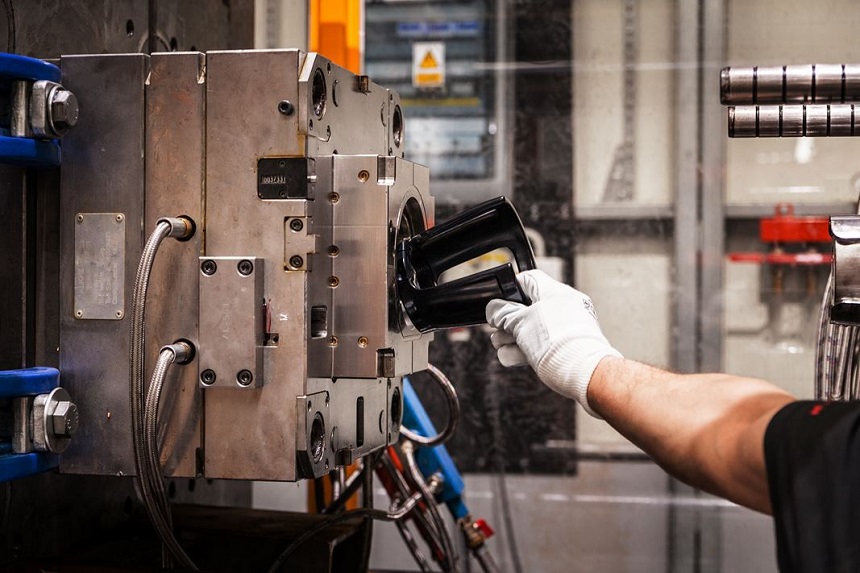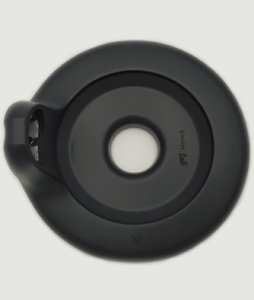Injection Molds: Hot Runner versus Cold Runner Molds

Plastic injection molding was introduced in the late 19th century, revolutionizing the way plastic products are created. While technology has significantly evolved over the years, a lot of injection molds still fall in one of the following categories:

- Perfect for higher volumes and larger parts
- Little to no waste
- Consistent quality
- Fast cycle time
Cons
- Making color changes is difficult
- Not suitable for certain heat-sensitive polymers
- Costlier to buy and maintain
Cold-runner mold systems
Cold-runner mold systems have the same temperature as the molds. They’re also classified into two types: a two-plate system and a three-plate system.
Two plate systems can handle most molds. Three-plate systems don’t require an ejection system to enable the part to be ejected from the runner. However, they’re more complex than a two-plate system—a system that requires an ejection system to remove the running and part from the mold. But using a three-plate system will be better if you’re dealing with complex designs.
In cold-running mold systems, the part should always be smaller than the runner. Otherwise, you may underfill the mold. Unlike hot-runner systems, cold-runner systems allow you to use more types of polymers without worrying about heat sensitivity.
Plus, cold runners are easy to maintain and aren’t as expensive as hot runners are. However, if you don’t melt the extra material or recycle, they may create waste.
Pros
- Colors can be easily changed
- Maintenance isn’t difficult
- Fewer restrictions on types of polymers
- Cheaper
Cons
- Generates waste
- Takes longer than hot-runner systems
- Runners have to be removed
Get one-stop injection molding services from PTMS
Our company is ISO 9001-2008 certified, ensuring that the quality of our products is the best.
As one of the leading plastic injection molding companies, we offer full services, including mold design, mold making, plastic injection molding, metal parts and product assembly.
Get in touch with us now—we’d like to share almost two decades of experience in the mass production of injection molding with our clients.
